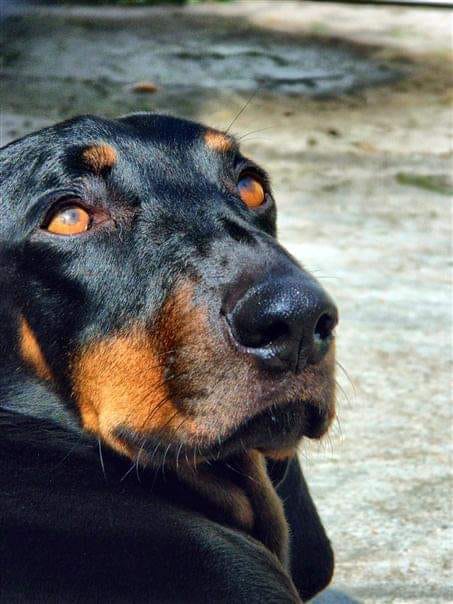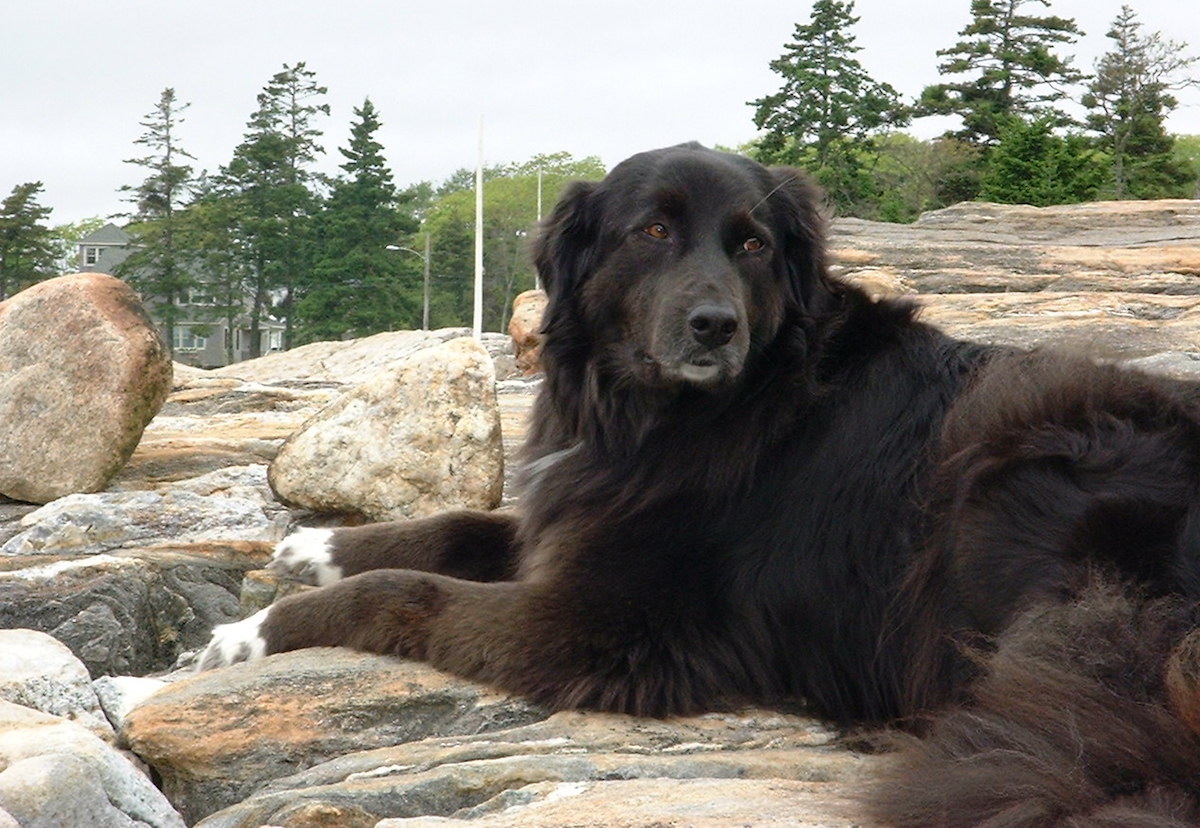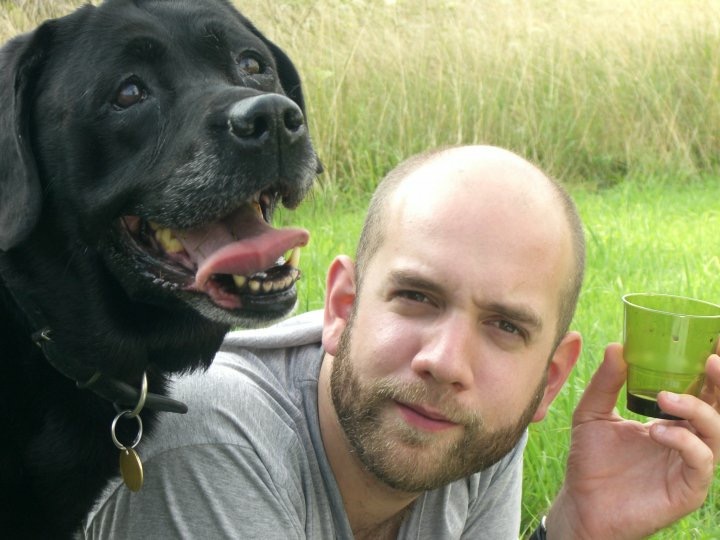I brought him into our lives with no expectations other than for him to just be our dog.
What he brought to us was far greater. He brought an unwavering love and devotion never to be matched. He became the keeper of my deepest thoughts, fears, sadness, and happiness. He knew my mood as soon as I walked in the door and he would match it by bringing me his favorite toy to look at but not to touch, or he would sit at my feet and push his body into my legs and when I would sit down he would sit on my lap and melt his body into mine. Other times he would dance around on his toes in delight and sing to me in his loud beautiful hound voice. He would howl if I howled and bay at nothing and I swear most of the time it was just to make me smile.
No one truly understood what Sean and I saw in him that made him so special. He was always full of sass. He held a great dislike for strangers, white or curly-haired dogs, snakes, and children. He hated being touched while sleeping. On most days he had his own doggy agenda and was going to follow it no matter what we thought.
He was our protector. He would hear a noise outside and would puff his chest out and trot to the window while grumbling the whole way. His brother got shocked by an electric wire that was around the sweet corn and let out a yelp and Eli was there ready to woop whatever hurt his brother.
He delighted in hunting a ground hog that had made his home under the grain bin–he was determined and persistent until he accomplished that job. He hunted cats, rats, squirrels, snakes, and birds. He rolled in dead stinky things with a smile on his face. He helped me garden by digging holes and loved Sean Dewey and me to the bitter end.
It has been 365 days since we said our goodbyes, there has not been a day that I have not thought about him. I cried everyday for months and I still cry today. But Eli is not gone, he comes to me in my dreams I see him in the shadows and I feel him climb on the bed some nights to lay down. But when I reach out for him, I find that spot empty. Sean had the same dream a couple nights ago, so I know that he is here. He will never be gone as long as he runs in my heart.
He and Dewey are my empty nesters dogs, the dogs that became my babies when we lost the 2 pregnancies. Losing Eli was harder than I ever expected. He was family and was way more than “just a dog”.
Eli born on April 15, 2008. Gone too soon on February 16, 2019. 10 years and 9 months will never be long enough.

Author: Tracy Shipley
Add your Gone Dogs tribute by clicking here.





